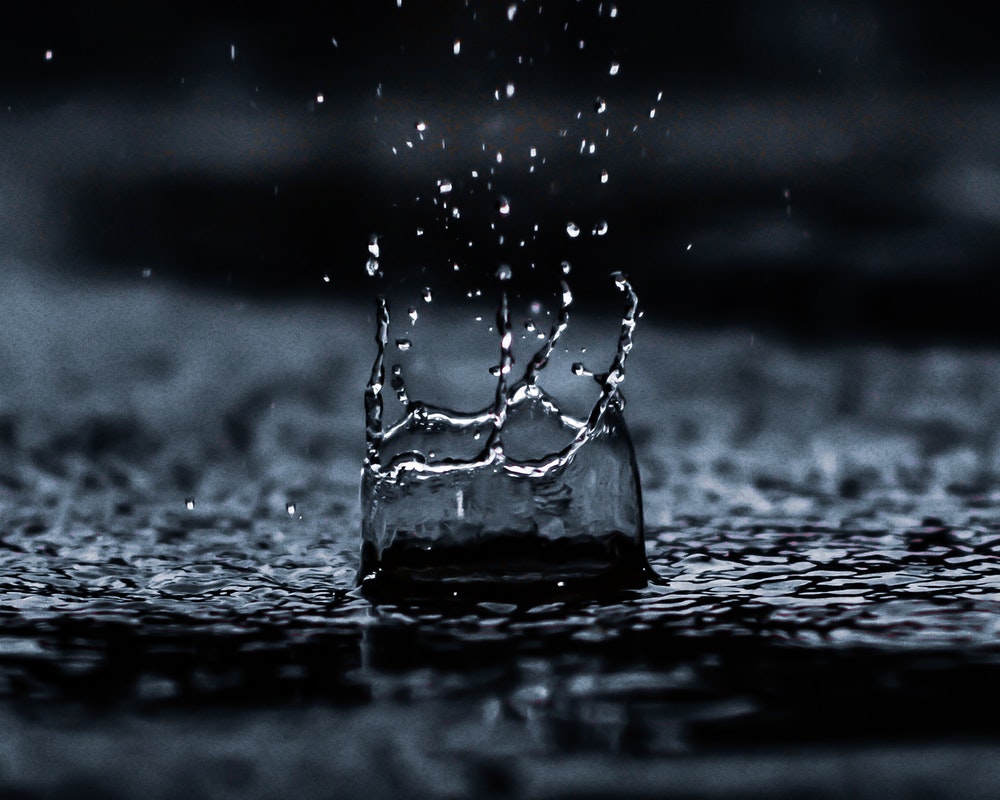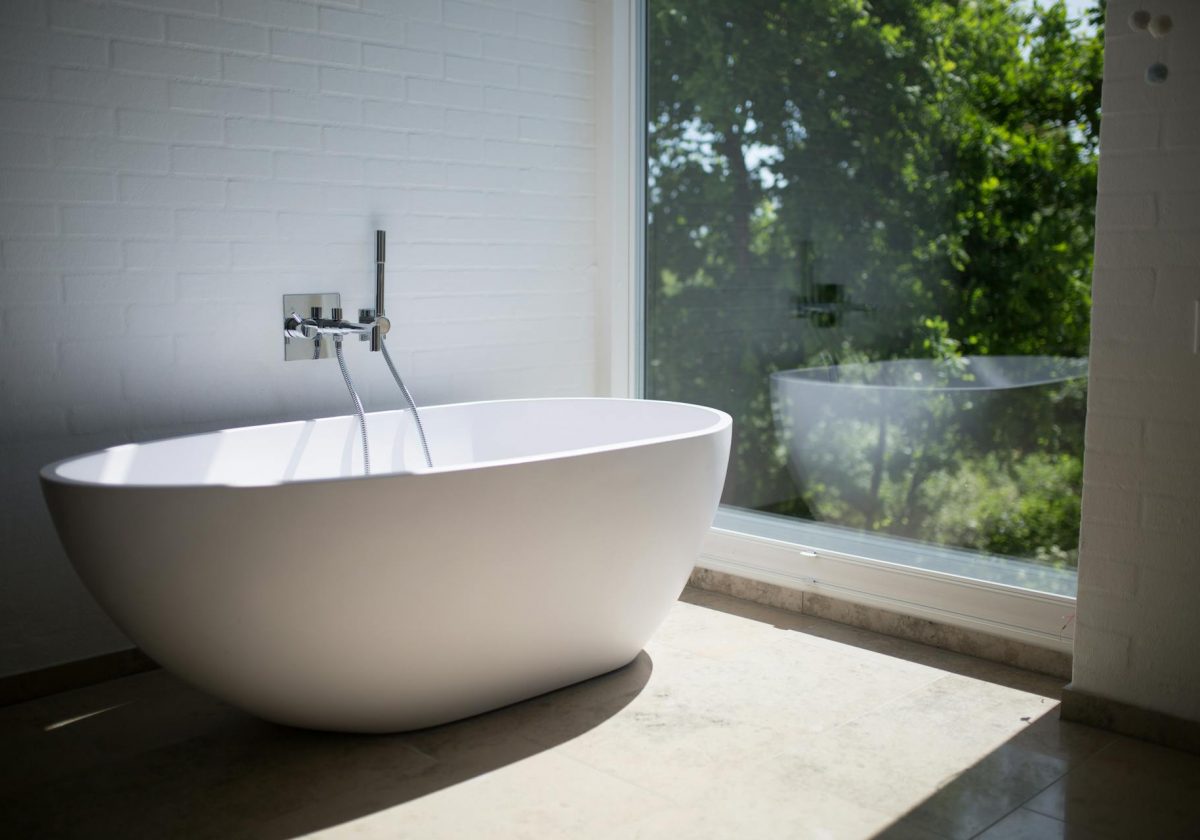Water is, with air, the most precious resource and increasingly in short supply. Western living is exceedingly wasteful and much of our clean water supply is wasted and contaminated when it is used for washing and toilets, not to mention the vast amounts used by industry, when we should be thinking of rain water catchment.
It is impossible to ignore that water scarcity, waste, and distribution are big challenges we face as a society. Drought is becoming more common and threatens our food supply. Irrigation has created a false sense of water security in arid regions that simply cannot be maintained. It is in everyone’s best interest to reduce water usage and prevent the contamination of drinking water.
One of the ways a typical family can reduce the amount of clean drinking water they waste is by collecting rain water to be used for non-drinking purposes. Rain water is perfectly good for watering the garden, flushing the toilet, and doing laundry. Ideally the same water can do more than one job before it is drained.
Collecting Rain Water
Many larger homes have rain barrel collection systems and even though tiny houses have smaller roofs the same rain water catchment principles can be applied. The basics of a rain water collection system are a roof or other collection area, a storage container, and pipes or channels to move the water from one to the other.
More sophisticated systems can include multiple tanks and gravity feed outdoor plumbing to move the water to where it will be used.
The key feature you will want to consider when designing your system is your roof. If you are just in the planning stages this is a good time to consider the implications of different rooflines on how you can maximise water capture.
Analyse how water flows down your roof and install gutters or eavestroughs to collect the running water. The gutters should be arranged to allow water to flow into your storage container(s). Covered eavestroughs will prevent leaves and other debris from clogging the drains and keep the water free-flowing and clean.
If you need more water than your small roof can collect consider installing additional collectors near your home. There are many types of these and the simplest ones are shallow cones like upside down umbrellas that channel rain water to the middle and down into a container.
Rain water containers can be anything from recycled metal barrels to custom containers. Most are freestanding however you could also choose wall mounted containers or buried vessels that are hidden from sight.
Unless you want to use a powered pump the most important point when choosing a type of container and a location for it will be keeping it at a higher elevation than where you ultimately want to use the water. This will allow you to use gravity to move the water.
Cleaning Rain Water
Once water has been collected with rain water catchment, a certainly level of cleaning can make it suitable for most uses. The most basic level of cleaning the water consists of choosing a container that is closed or covered with a screen which will prevent debris from contaminating your water.
If you require cleaner water for your needs you can filter, purify, or disinfect the water as needed. Water filters are available that clean the water as it travels through the downpipe into the storage container. Floating filters can be placed right into some tanks as well. Multi-stage filtration systems are more complex however can turn your rain water into drinking water. UV light can also be used to sterilise the filtered water.
Types of Filters
First Flush diverters
Water collected from your roof may be contaminated with bacteria that was present in the rain or that was picked up from your roof’s surface where organic matter from birds, animals, and plants collect. First flush diverters work on the principle that the initial runoff will be the dirtiest so they prevent the first bit of water from entering the storage system.
Pre-tank filters
Most residential pre-tank filters are simply screens on the eavestroughs or downspouts that prevent the largest debris and particles from entering the storage tank.
In-tank filters
Sediment collects at the bottom of the storage tank so if possible make your downpipes longer so the water comes out near the bottom of the tanks. This will allow it to settle without traveling through all of the clean water.
Floating filters can clean the rest of the water without disturbing the sediment. With a system like this you will want your water to flow out from higher than the bottom of the tank, and periodically you will want to drain and clean the tank.
Carbon Filters
The water might be perfectly safe however if it tastes terrible it won’t make a good substitute for tap water as a drinking water source. Water that has run through leaves or tree needles can have a pronounced organic taste. If your water has an unpleasant taste you can use a carbon filter to remove or reduce it.
Sediment Filters
These filters are designed to remove physical particles from the water. They are rated by the screen size which indicates the size of particle that the filter is designed to catch, measured in microns. Different substances have different micron sizes and some filters are multi-stage which take out the larger particles and then successively smaller particles as the water moves through the filter. A filter that screens down to 5 microns will even get cysts out of the water and make it very safe for drinking.
Sterilisation
Sterilisation isn’t filtering per se, however it is an important step in cleaning your rain water. Sterilisation is the process that kills any bacteria that is in the water. There are many ways to sterilise the water including chlorine or other chemical treatments, UV light treatment, and boiling.
Your intended use of the water and your rain water catchment system will determine which is best for you. Sterilisation isn’t necessary for most uses of the rain water however if it is a drinking water source you won’t want to skip this step.






